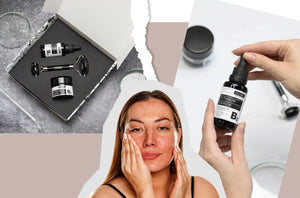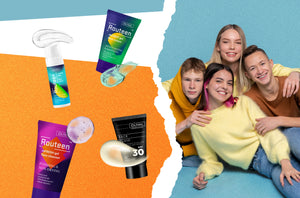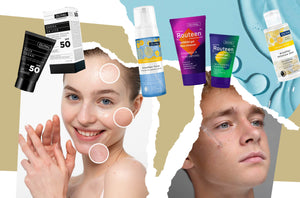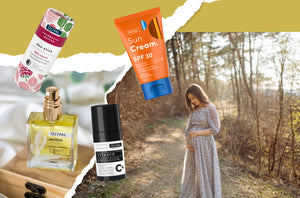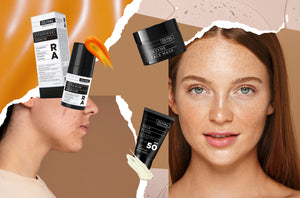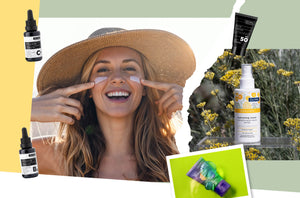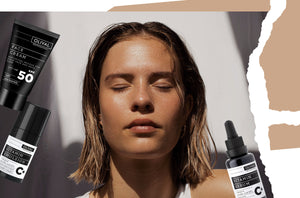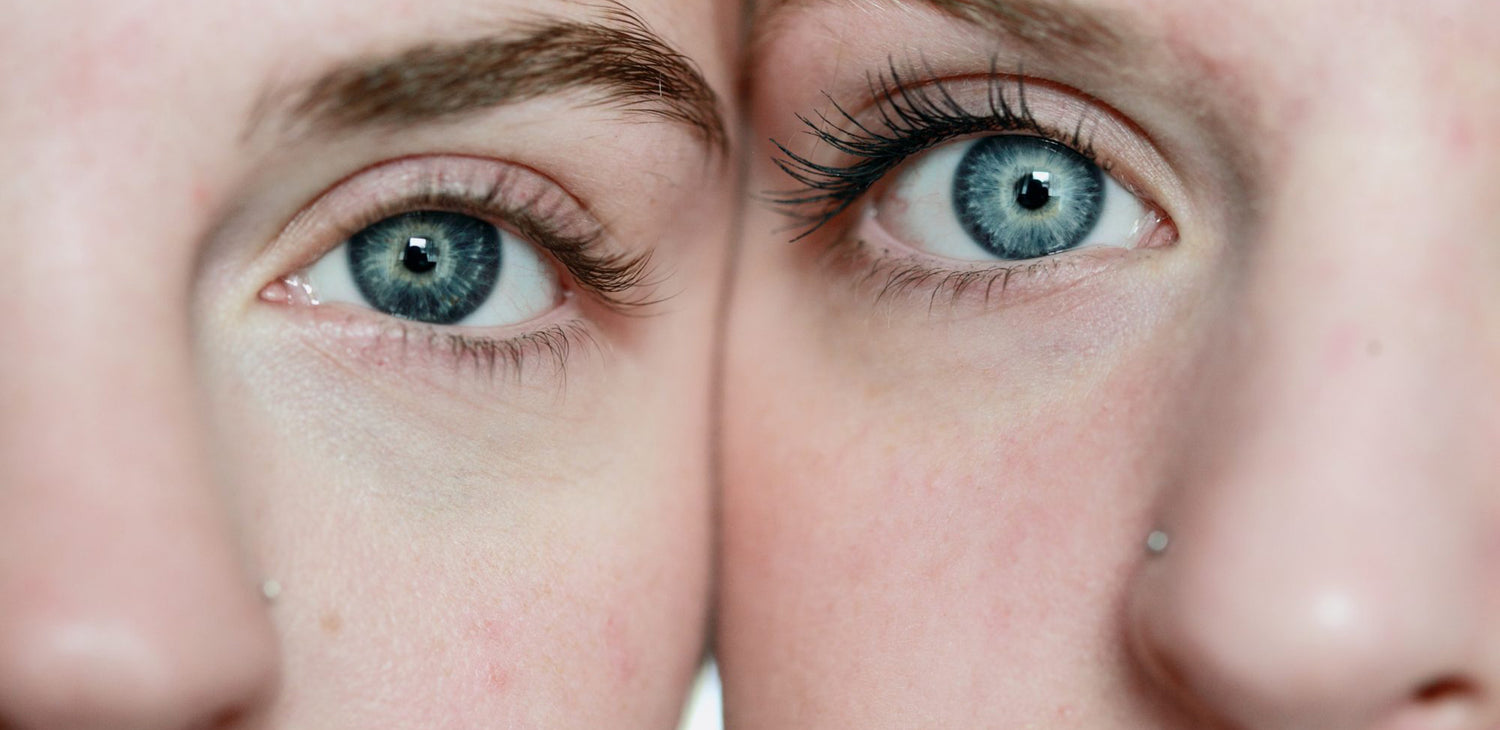With sunny weather and using every free moment on the beach, for a walk or simply for a coffee in the city, it is important to properly protect the skin. Why? In addition to the sun being the main cause of skin aging, it will also affect the formation of hyperpigmentation spots. So, the first thing in line is protection, and if the spots are already there, read on because we have a solution for that too.
Why hyperpigmentation spots occur in the first place
Although the majority of causes of hyperpigmentation are exposure to the sun and insufficient protection, spots caused by elevated melanin levels can also be caused by hormonal changes (especially during pregnancy and menopause), age, medications, or they can occur as a result of various inflammatory processes and damage to the skin. In addition to freckles, melasma, and age spots, there are also those that arise due to various phenomena on the skin, namely PIH and PIE. PIH stands for post-inflammatory hyperpigmentation , and PIE stands for post-inflammatory erythema . In translation, it is procedural hyperpigmentation and procedural erythema. It should also be added that PIE is a somewhat newer term coined in 2013 after more detailed dermatological examinations of these skin changes.
PIE, PIH... them!
You will recognize PIE as small red spots that are caused by damaged capillaries on the surface of the skin, while PIH will be darker spots on the skin caused by increased melanin production.
Both types of blemishes usually occur after acne or pimples. Although lighter skins are more prone to procedural erythema, and darker skin to procedural spots, both types can be treated and even completely removed over time. However, it should be kept in mind that in more serious cases, especially with procedural erythema, it is a good decision to consult a dermatologist .
Although they can appear anywhere on the body, most people notice spots when they start to appear on their face. That is why it is important to know that their visibility can be reduced by proper and regular use of products that are intended for these skin changes.

Recipe for success? Active ingredients and consistency
There are various ingredients that can help lighten blemishes. Although sometimes the human instinct is to use as many products as possible in the hope that the situation will be resolved as soon as possible, we must say that consistency in the routine and careful and patient use of products always gives the best results. It is certainly advisable to remove dead skin cells from time to time, as this encourages renewal, and thus gently, fundamentally transforms the texture of the skin. Using the Peeling toner AHA PHA two to three times a week results in smoother and more even skin with a natural glow.
For example, if you occasionally use an exfoliating product in the evening, you can additionally consider introducing Vitamin Serum C+ or Vitamin Serum B3 in the morning. Vitamin C is a well-known ally in removing hyperpigmentation, and in combination with SPF, it will have a stronger photoprotective effect. This serum, in addition to its antioxidant effect, will also deeply hydrate the skin, and it is suitable for all skin types. With Vitamin Serum B3 , which also contains niacinamide, tranexamic acid in a concentration of 1% will gradually reduce spots, inhibiting the activation of melanocytes. It will especially suit oily skin prone to oiliness and acne, as well as red dots after inflammation.

Get to know the (all) power of retinoids
Retinoids are among the most famous group of ingredients that effectively help with a whole range of skin changes, from hyperpigmentation, through irregularities to the reduction of wrinkles! Vitamin Serum RA with 0.1% retinaldehyde will effectively work on the mentioned phenomena on the skin, but it must be introduced gradually into the routine. To begin with, it is applied to dry facial skin, after gentle double cleansing in the evening routine.

For the first two weeks, it is used every third evening, then every second evening and then every evening if it suits the skin. For oily skin, it can be sufficient on its own, but after it you can also apply a moisturizing cream - Peptide Cream P for dry or normal skin, or Vitamin Cream B3 for oily skin. The action of astaxanthin, an extremely strong antioxidant of natural origin that, in synergy with retinaldehyde, also acts on hyperpigmentation should also be highlighted in the formulation.
We remind you once again that daily use of sun protection is the key to preventing spots, and even more so when using acids and retinoids that increase the skin's sensitivity to the sun. SPF must be part of the lifestyle. Professional Face Fluid SPF 30 or Cream SPF 50 should be worn every day regardless of the time of year and the weather forecast, as well as liberally applied and reapplied during the day when necessary.


